The medical industry turns to Interface for force measurement solutions for medical device and healthcare product design, development, and testing. This is especially true for rehabilitation equipment used in clinics, hospitals, nursing and home health care facilities, and sports treatment centers.
Rehabilitation encompasses a broad spectrum of conditions, aiming to restore function and improve the quality of life for individuals facing physical or cognitive impairments. Interface load cells, torque transducers, multi-axis sensors, and instrumentation provide highly accurate data that optimize or validate rehabilitation equipment for patient use.
Significant growth is occurring in the design, testing, and building of rehabilitation equipment, fueled by an aging population, the increasing prevalence of chronic diseases, and technological advancements in rehabilitation devices. Interface provides various sensor options for research, development, manufacturing, and performance monitoring, from miniature load cells to advanced multi-axis sensors.
The demand for home-based rehabilitation devices is also increasing rapidly. This trend is driven by patient preference, cost-effectiveness, and advancements in telehealth technologies. Many of these devices rely heavily on sensors to monitor patient progress, provide feedback, and ensure safety, which aligns well with Interface’s expertise in sensor solutions.
In rehabilitation, Interface’s load cells are embedded within exercise equipment and wearable devices to measure the force exerted by a patient during therapy. Therapists can use the Interface wireless instrumentation to monitor and record patient progress. They can track improvements in muscle strength and movement patterns across different exercises and activities while measuring performance using sensor technologies.
Rehabilitation Equipment and Device Use Cases for Interface Solutions
- Prosthetics and Orthotics Research
- Prosthetic Design and Fit Analysis
- Gait Analysis
- Rehabilitation Robotics
- Exoskeleton Feedback
- Robotic Arms and Hands
- Physical Therapy Equipment Design
- Instrumented Treadmills
- Muscle Strengthening Equipment Tests
- Balance Platforms
- Assistive Device Design and Testing
- Wheelchairs
- Rehabilitation Wearable Device Monitoring
- Research and Development
Interface sensor technologies are used in equipment to treat various conditions ranging from neurological events like stroke and traumatic brain injury, where patients require assistance regaining motor skills, balance, and coordination, to musculoskeletal injuries such as fractures and sprains, where the focus is on restoring strength, mobility, and range of motion.
Application: Treadmill Rehabilitation
Interface-designed force sensors are used in rehabilitation treadmills for patients with pelvic mobility difficulties. For example, patients who have had strokes tend to have trouble walking. The goal is to measure the forces applied on the pelvis when the patient walks on the treadmill and catch any pelvic deviations. The treadmill had a special harness with two actuators on either side of the patient. Interface suggests installing two WMC Sealed Stainless Steel Miniature Load Cells on the actuators to measure the forces applied to the patient’s pelvis. The SI-USB4 4-Channel USB Interface Module graphs and logs the results using supplied VS3 software. Using this solution, the rehabilitation equipment maker has a solution to catch different pelvic deviations in their experimental rehabilitation treadmill using Interface’s products.
By integrating advanced sensor technologies like those offered by Interface, you can create devices that are more effective, safer, and more personalized. Force measurement solutions, for example, can provide valuable data for gait analysis, prosthetic fitting, and robotic exoskeleton control, enabling precise monitoring and optimization of treatment. Similarly, torque sensors can enhance the functionality of isokinetic dynamometers and rehabilitation robots, facilitating accurate measurement of strength, endurance, and range of motion. By embracing these technologies, manufacturers can differentiate their products, improve patient outcomes, and drive innovation in the rapidly evolving field of rehabilitation.
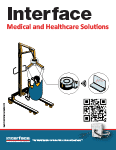
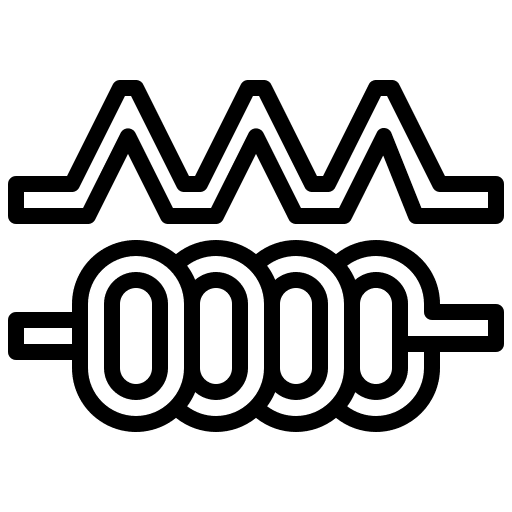 Interventional Guidewire Quality Inspection
Interventional Guidewire Quality Inspection
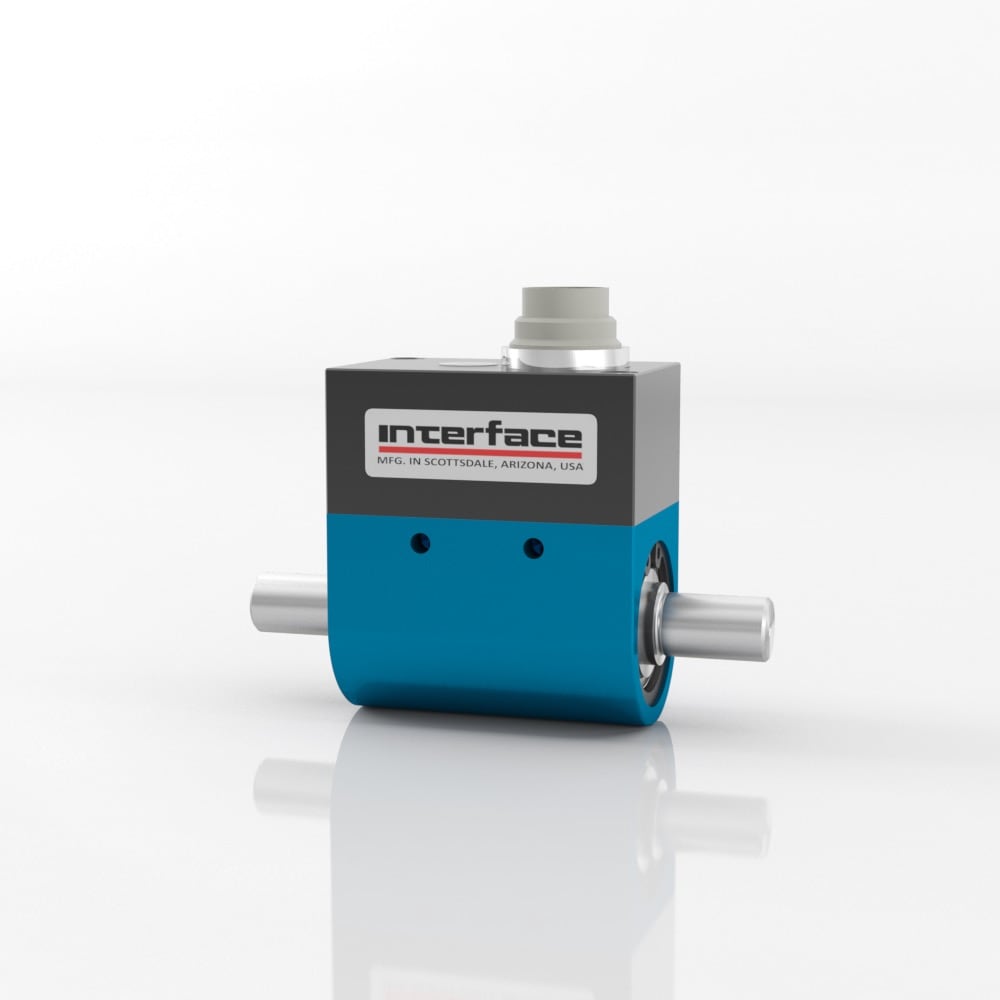
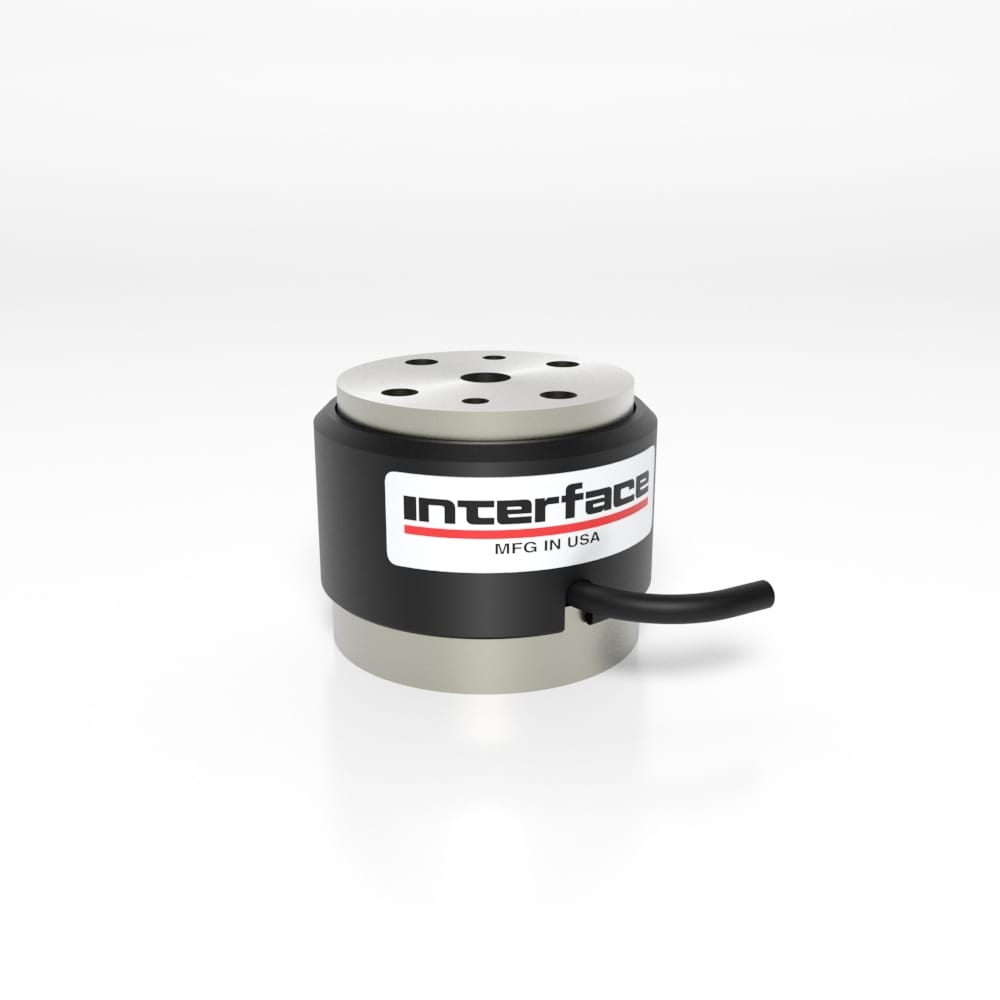
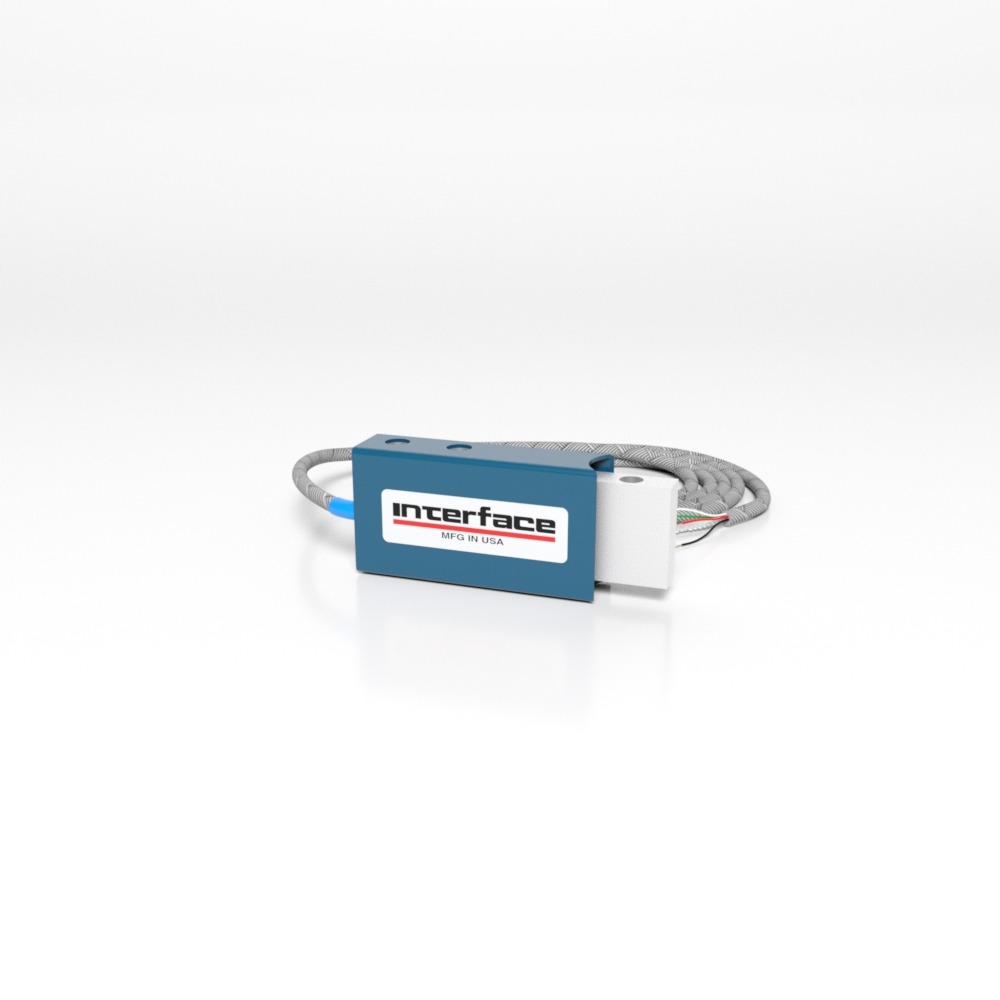
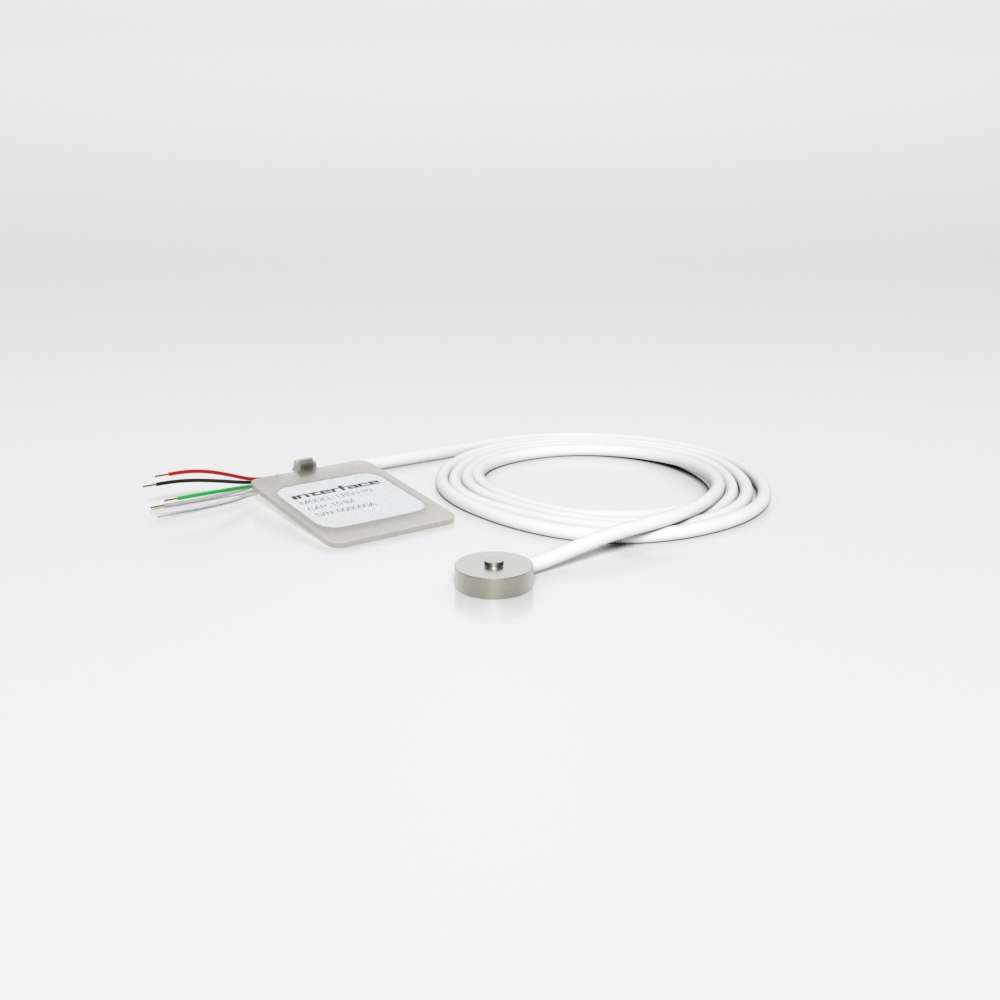
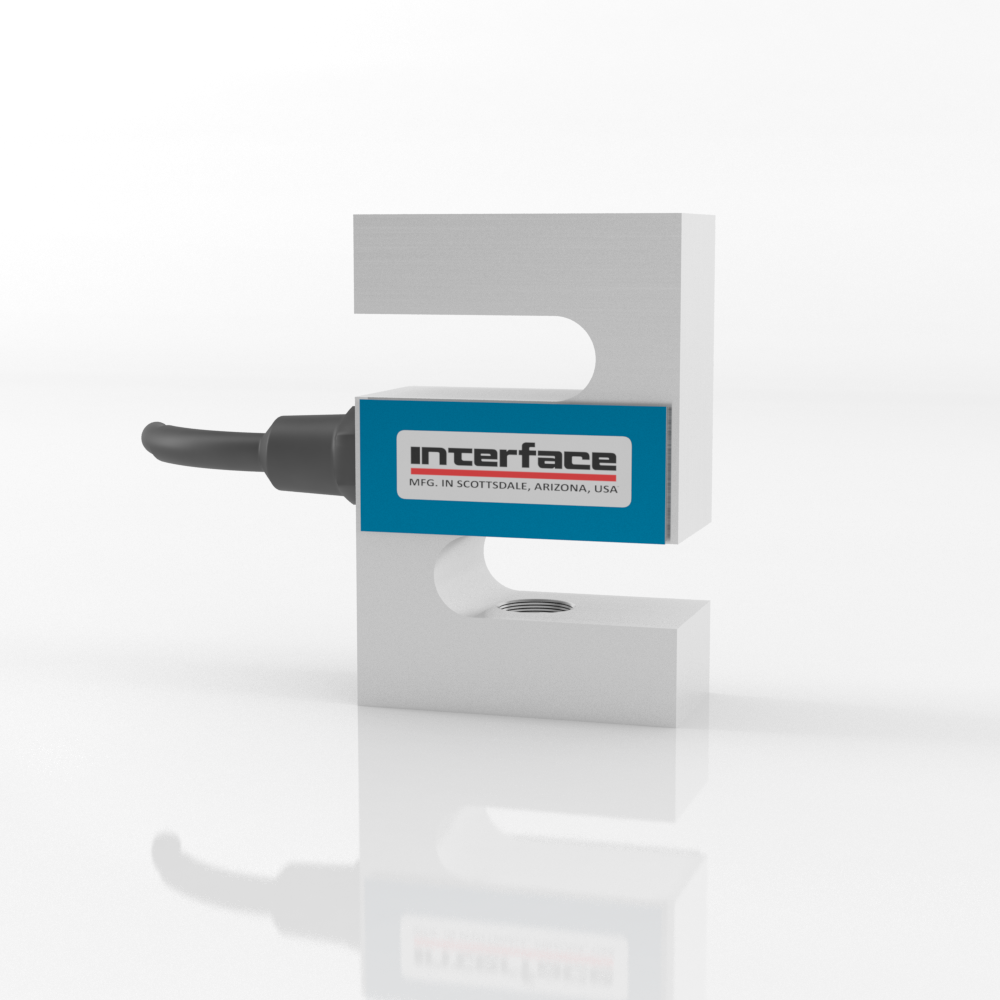

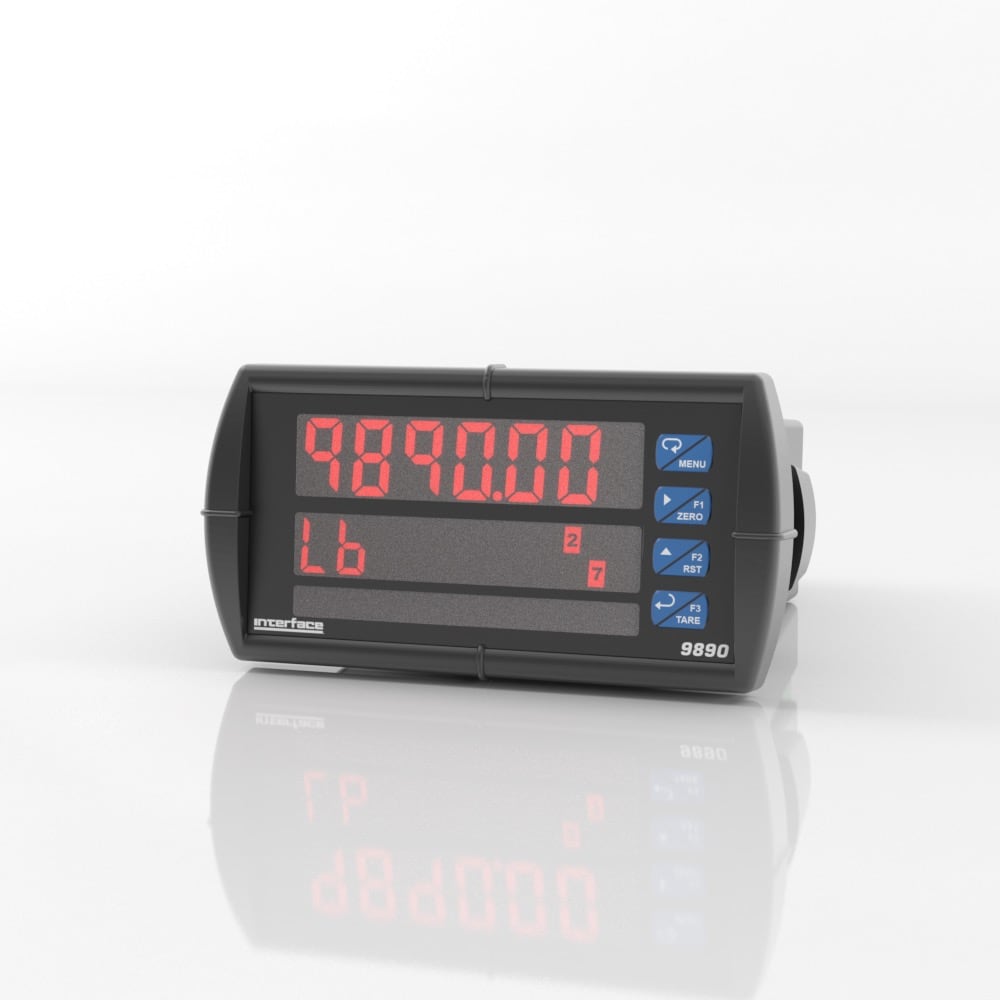
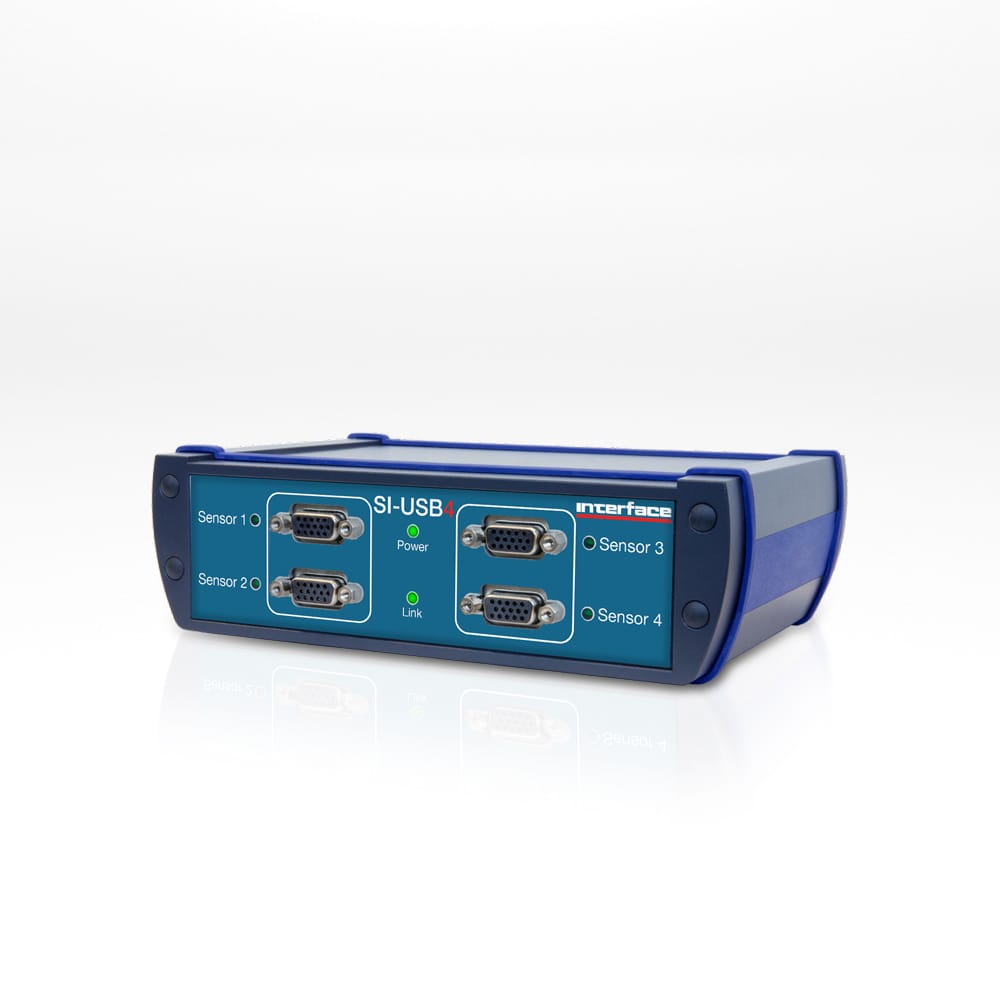
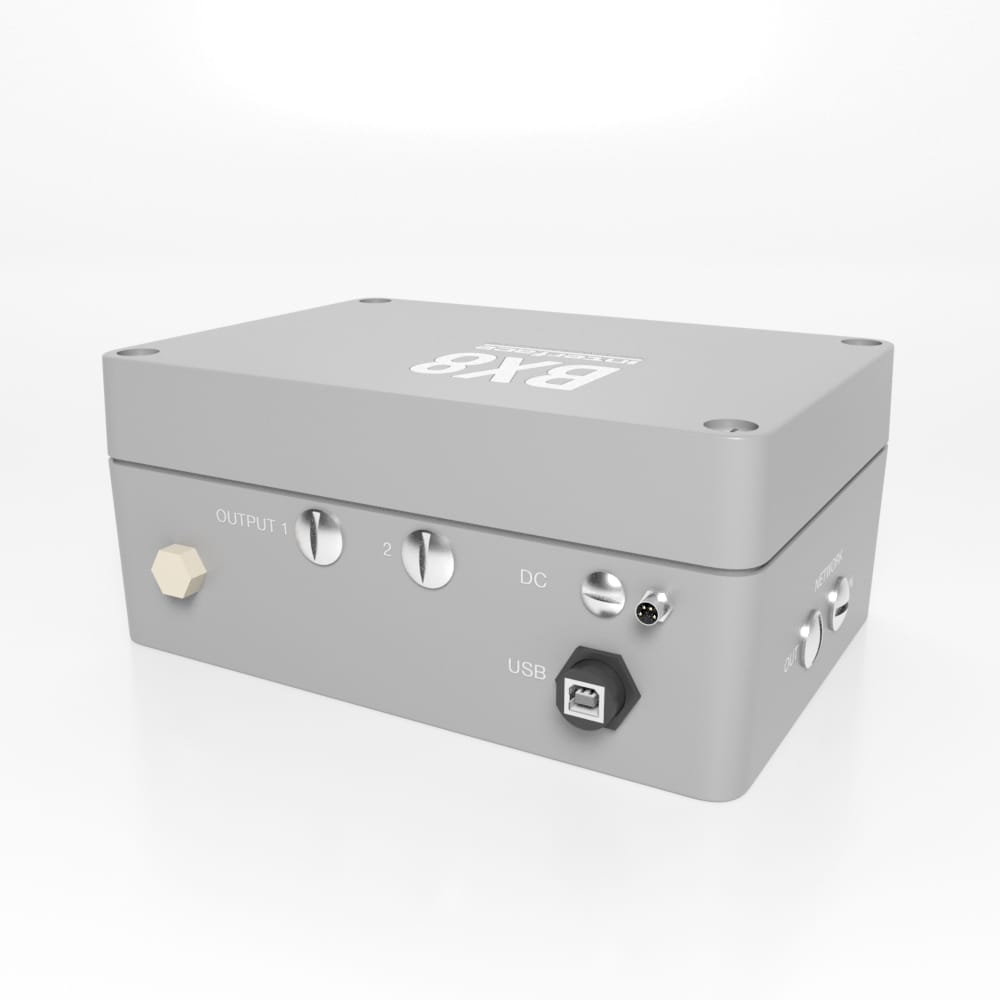


Unveiling Interface Top Products of 2024
/in Blog /by Jamie GlassInterface load cells, torque transducers, and instrumentation play an integral role in pushing the boundaries of scientific discovery, optimizing industrial processes, and ensuring the safety and performance of countless products. Learn about the products that topped the charts in 2024 and what product families and standout individual products sparked the most interest.
Interface Top Industry and Application Insights of 2024
/in Blog /by Jamie GlassExplore Interface’s top industry solutions and applications using force measurement products. Discover medical, aerospace, automation, automotive, energy, and other industry test and measurement applications. Find inspiration and answers for your specific needs using Interface load cells, torque transducers, and instrumentation.
Optimizing Medical Device Performance with Precise Force Measurement
/in Blog /by Jamie GlassInterface provides precision force measurement solutions to the medical device industry. Interface load cells, torque transducers, multi-axis sensors and instrumentation help medical device design engineers, researchers and manufacturers overcome critical challenges and achieve optimal performance to ensure patient safety and positive outcomes. Read our new case study for specific product applications, challenges and solutions.
The Power Combo of Multi-Axis Sensors Plus Instrumentation
/in Blog /by Jamie GlassInterface multi-axis instrumentation paired with multi-axis sensors provides robust measurement systems that simultaneously capture data across multiple axes or dimensions. These load cell systems are crucial in engineering, robotics, medical research, industrial automation, and aerospace where understanding complex forces is essential.
Exploring Vacuum Load Cells
/in Blog /by Jamie GlassVacuum load cells are essential sensor devices used in various industries to measure force, weight, or load under vacuum conditions. Interface custom engineers load cells to operate where air pressure is significantly reduced or absent, providing precise measurements in critical applications. From aerospace engineering to medical device R&D, vacuum load cells are indispensable in environments requiring high sensitivity and accuracy in force measurement.
Integrated Measurement Solutions Elevate Design and Enhance Functionality
/in Blog /by Jamie GlassInterface, a pioneer in load cell design, supports innovation by offering integrated measurement solutions that ensure the safety and reliability of machines, products, and processes in sectors including aerospace, energy, medical and healthcare, automotive, manufacturing, and industrial automation. Our sensor technologies are seamlessly integrated into diverse products and machines, from lifting equipment to consumer goods. This adaptability ensures that our solutions can be tailored to your unique requirements.
Types of Test Machines Using Sensors for Reliable Assessments
/in Blog /by Jamie GlassInterface supplies sensor technologies to UTM machine architects, engineers, machine builders, integrators, and testing labs. Test machines use Interface load cells, torque transducer and multi-axis sensors for all kinds of tests including fatigue, stress, destructive, cycle, material, tensile and more. Interface products are used in test machines across all industries, including automotive, energy, medical, aerospace, and manufacturing.
Why Students Need to Learn About Force Measurement
/in Blog /by Jamie GlassLearning about force measurement empowers students to become innovators and problem-solvers in an increasingly technology-driven world. Interface load cell basics, force measurement 101, and industry applications highlight the importance of learning about testing and force measurement. Engineers, product designers, innovators, and scientists benefit from understanding force measurement whether they pursue careers in civil engineering, medical research, aerospace, robotics, energy, or other industries.
How Are Load Cells Used for Weighing?
/in Blog /by Jamie GlassLoad cells support modern weighing systems. These transducers convert mechanical force (weight) into electrical signals that can be processed and displayed as weight measurements. Strain gage load cells are the most common type of load cell used for weighing applications. […]
Comparing Shear Versus Compaction Force Measurement
/in Blog /by Jamie GlassInterface load cells are used in shear and compaction force measurement. Understanding the differences between shear and compaction is determinative, as it directly impacts applications, sensor choices, and output data for testing analysis. Learn about shear force versuse compaction, also known as compressive, measurement, applications and load cell types. This understanding aids in making informed test and measurement decisions in material science, mechanical engineering, and industrial automation.